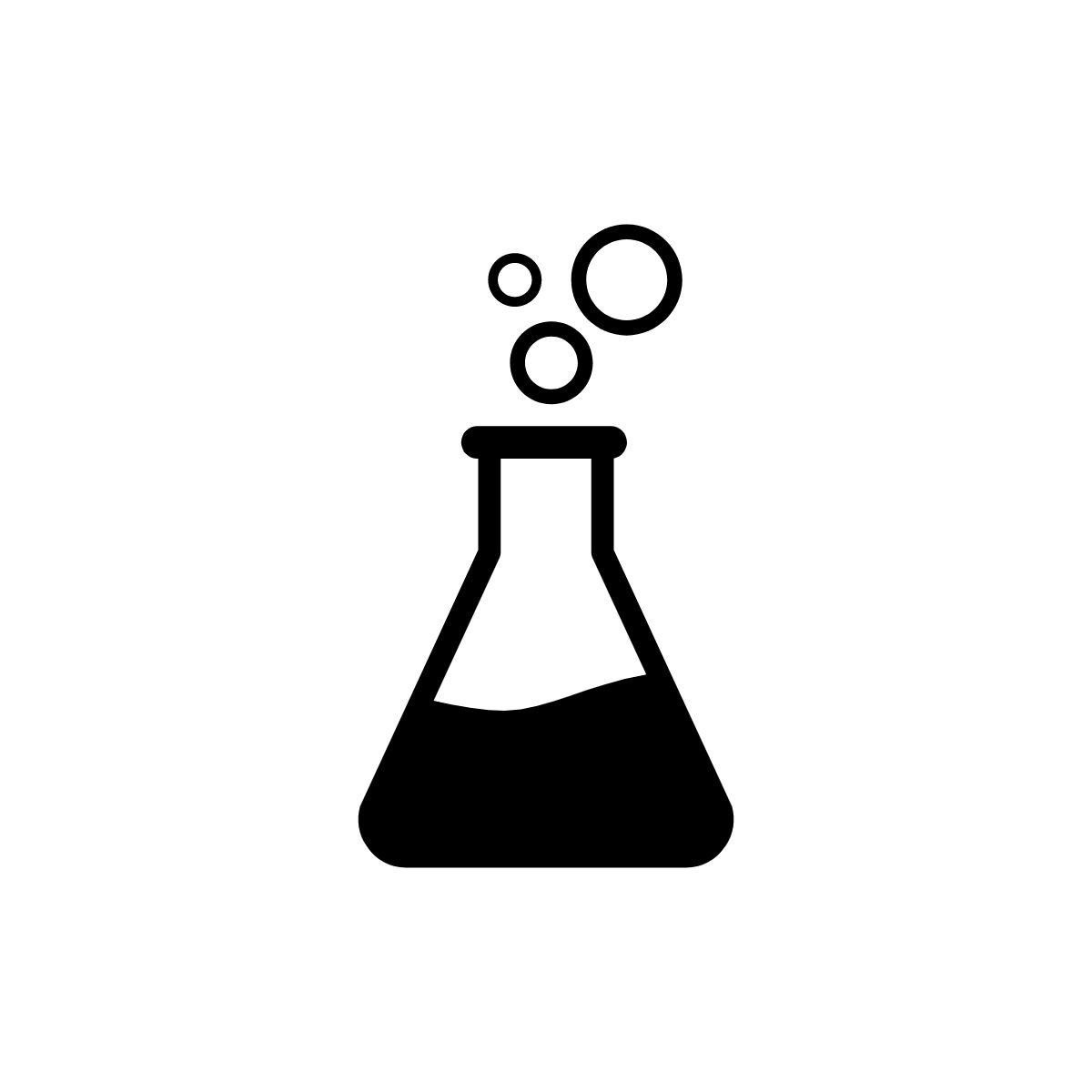Undergraduate strategy 1: Intro and how-to in gen chem – Video, slides and canvas quiz questions about reading journal articles in Chemistry
class a: Starts with an intro to what a scholarly article is (and isn’t), continues with a Canvas activity asking students MC and open ended questions about the readings. This replaces an in-person lecture class and in-person lab in a week where there is a short week due to academic holiday. [email me for quiz questions annie at uoregon]
class b: ONLINE CH 229 during COVID – slides and the questions that accompanied it. An overwhelming amount of information, and no longer used. The slide decks have some good examples (if I do say so myself) and there are some good questions in the quizzes.
UG strategy 2: Vertical pedagogy for learning article structure – Slides and canvas questions pre and post class, as well as the following class [N.B. questions are automatically graded to provide quick feedback] – A bit of context:
Prep the room: Put the guiding questions at the top of a whiteboard/paper around the room
Put students into groups of 2-3 (more than 3, there isn’t enough to do), station them around the room at random, write answers to the questions for about 5-10 minutes
Have students rotate either 1 or 2 boards to stand in front of a different section – review the group 1 answers, revise and elaborate, instructors can ask additional questions or verbally quiz the students on what they found.
[questions for elaboration and the general plan are available, just email annie at uoregon if you’d like it]
UG strategy 3: Get your bearings – how to navigate a paper and the importance of figures – specifically in HPHY, and biomedical literature, where there is a complex, fixed structure of the literature (see this example of the hierarchy of evidence) – give students a paper copy of a review article and a RCT/primary research article that they will read for the class. Have students work in pairs to put the subject headings from the papers on white boards – verbally discuss what the structure of the paper is and what that indicates (a review will be an overview, but without a methods section, will summarize topics and can help with future directions, RCT will have an experiment, etc.)
Instructor provides detailed questions for the students to answer in subsequent classes about each paper.
Several classes then present figures in class and review them with students. Slides provided to give a sense of the prompt, but the lesson is mostly happening in person, dynamically as an exchange between instructor and students.
Graduate strategy 1: Jigsaw – Students are in a journal club class and have read articles and will read more going forward. Slides begin with a brief overview of how journal articles are organized – using 2 different metaphors, have students use one strategy (slides 7-10) to start making sense of a new journal article (or an article they have already read, depending on when I meet them). Strategies are all short and have different elements. After applying 1 strategy, groups reform with members from other groups/strategies. Students compare strategies and note strategies/tips they want to try. Slides include the ones I print and help with the jigsaw. Slide 12 is on the back of each slide 7 through 10.
I have also used versions of this less formally – talked though IMRaD and had students review papers
Literature I found useful from a former post.
